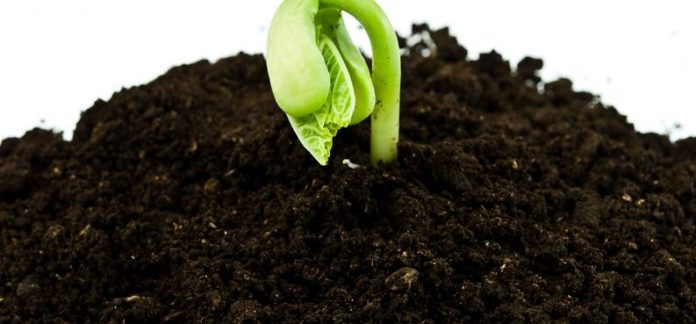Whether you decide to save your own seed to grow or germinate bought seed, you’ll save money and get a real sense of satisfaction at the same time.
Seeing healthy seedlings sprout from your soil is quite a thrill. Knowing you have saved quite a bit on buying plants is great, too.
To ensure you don’t lose the seeds you’ve gone to so much trouble to sow, here are some tips to consider.
Prepare small pots or nursery flats, as they are sometimes called, with a good quality potting mix.
You can make your own mix if you prefer, using equal parts of coarse river sand, garden soil and vermiculite.
Vermiculite is especially good because the tiny roots of your seedlings can penetrate the soft, water-holding grains and so when they are transplanted, they take their moisture with them. This helps to prevent transplant shock.
Make rows by pressing a pencil or piece of dowel into the mixture. Sprinkle the seed in and cover with sand. Water well with a spray bottle and keep covered and damp until germination.
There are some variations on the above rules. You could use an egg carton and sow one seed in each segment.
Then, when they are large enough to go into the garden, cut the segments apart with a craft knife and plant the whole thing.
The cardboard will soon rot away and in any case, the roots can penetrate it while it is damp.
Any seed can be sown in this manner, but it is especially good for vegetables if you want to start them early.
If you’ve saved seedling punnets from a previous buy, re-use them. It’s much easier to transplant a single plant from those sectioned punnets, as their roots are not all tangled together.
You could also ‘sprout’ the seed before planting. This is good for trees or larger perennials, if the seed takes ages to germinate.
Soak the seed in hand-hot water for 3 or 4 hours. Once it has started to swell, place it gently in a plastic bag with some barely damp sphagnum moss. Seal the bag and leave in filtered light until you see roots growing.
Some seeds, like broad beans, beans and peas require darkness to germinate. They can be placed in a dark cupboard.
Another way is to sprinkle fine seeds onto damp paper towels, roll them up and seal them into a plastic bag.
Watch for germination and never leave out in full sun or you’ll cook them. Label them with name and date so you’ll have a rough idea of when they will germinate.
Bought seeds are usually sprinkled with fungicide, so if you are growing your own, watch to make sure no mold develops.
If it does and the seed is too small to wipe it off, you may need to start again. You can dust your seed with any good fungicide if you want, but mold usually only develops if there is too much moisture in the bag.
When it is time to plant your sprouted seeds, let them dry slightly or they may stick to the container and be damaged when scraped off.
Finer seed can be mixed with dry sand.
Once the seeds are ready to go into the garden, be sure to protect them from snails, slugs and slaters.

